The Lab Chronicles Day 6, The Last Push For Success
I started continuing my work on a project that may result in new filters to rid our water of estrogenic compounds. I will try to report every day about work that I have done in the lab. With this I am hoping to get people a better understanding of what being a laboratory scientist looks like.
The science of today, is the technology of tomorrow.
-Edward Teller
What Has Happened This Last Week
Granted, it has been roughly a week since my last entry into my lab chronicles and that is simply for the reason that lab work sometimes gets very repetitive. We did not get any good data, and kept trying to find the issue. As I am very critical of myself, I believed that I was doing wrong. So after repeating the experiements I have been carrying out the week before, closely observing the procedures of people who have gotten good results, we were still unable to get good data and I was off the hook. After a analysis and a very simple experiment, we learned that the gold substrates that we were using were contaminated by a carbohydrate, which we cannot identify. Also we figured out that the repeated cleansing of the gold substrates resulted in dissociation of the gold from the glass carrier.
How Did We Figure This Out?
We used a VariGATR (variable grazing angle attenuated total internal reflection) IR spectrometer, which has a Germanium crystal as loading surface for our gold substrates. To verify that our spectrometer was able to adjust our spectra for possible Germanium crystal contamination, we took a single beam (SB) background spectrum with only the Germanium crystal (no gold substrate, neither a blank nor coated one) and then an absorbance spectrum of the Germanium crystal, again without any gold substrates. We saw peaks corresponding to contamination, however, the program adjusted for that in the absorbance spectrum and we got a flat line. That was the good news.
Single Beam (SB) background spectrum of Germanium crystal using VariGATR, showing carbohydrate contaminants in the region of 2800-3000 wavenumbers
Since we focused on attaining spectra for MUAM (see previous posts in The Lab Chronicles), and since we did not get any good data from it, we decided to switch to an organic compound called 1-dodecyne. This is a member of the alkynes, and they tend to form stable bonds with gold, making alkynes a prime candidate for SAM formation on metallic surfaces. We have obtained a GATR IR spectrum of liquid 1-dodecyne earlier and believed this to be a good spectrum. So we had something to compare the spectra of our supposed SAMs against, raising our hopes.
We took several spectra of our 1-dodecyne coated samples, compared them to MUAM, liquid 1-dodecyne and our background corrected absorbance spectrum of germanium. They sadly look almost all the same (except the flat backgrounds). I annotated some of the peaks we were consistently seeing in the spectra that are worrying us.
GATR IR spectra showing MUAM and 1-dodecyne coated gold substrates, liquid 1-dodecyne and background corrected absorbance spectrum of germanium
Our conclusion from this is that our gold substrates were not cleaned enough by the piranha solution. My supervisor suggested that our piranha solution was not hot enough due to the cold weather we have been exploring lately.
The Last Push
How do you make something that can dissolve you, while simultaneously burning you more dangerous? Right, you heat it up to 90 degrees celsius. We did that not because we were adrenaline junkies, but because we hoped that this would rid our contaminated gold substrates of any organic layer present. So here comes piranha solution again, only in an even more vicious form.
I set up a beaker filled with deionized (di) water on a heating plate together with a stir bar. The heating plate was set to 450 degree celsius (our heating plates do not work very well), the beaker with di water placed on top and the system was allowed to heat up to 90 degree celsius (which took about 3 hours - again our heating plates suck).
Piranha solution (70% sulfuric acid, 30% hydrogen peroxide) placed in 90 degree celsius hot water bath
I measured the temperature of the piranha solution using a IR thermometer with laser pointer because a physical thermometer would have been damaged. This solution is actually so reactive, that even a tiny drop on wet paper towels can cause a little fire (the fire is instantaneous following contact).
Burnmarks due to droplet of hot piranha solution on wet paper towels
After the piranha solution reached the desired 90 degrees celsius, I submerged a gold substrate in the piranha solution and let it sit there for 3 minutes. I then took it out and rinsed the gold substrate in ultrapure water for roughly 5 minutes. Before I went to dry the gold substrate under a stream of ultrapure argon gas, I ran a SB background spectrum of the germanium crystal (this usually takes around 5 minutes, which is almost the same time it takes to dry a gold substrate). Once the substrate was clean, I was able to run an absorbance spectrum of the blank gold substrate. This spectrum would tell us if the piranha rinsing was sufficient.
It did not look too good, so I re-submerged the gold substrate in hot piranha solution, this time for 5 minutes, rinsed it in superfiltered water and dried it under argon, while running a new germanium background. This would tell us if the rinsing in hot piranha was having a positive effect at all. Here are the two spectra I took with notes.
Annotated spectrum showing carbohydrate contamination, oxidation/water peaks and possible glass (SiO) peaks of gold substrates after 3 min (blue) and 8 min (red) total time in hot piranha solution
The sad conclusion is that the hot piranha solution is only thinning out the gold layer on top of the glass carriers without getting rid of the carbohydrate contamination. We had looked at other possible ways to clean our gold substrates, without destroying the gold coating but could not find anything. Also, if you saw this in real life, you would not think there might be any more powerful cleaning solution.
Hot piranha solution reacting with organic contaminants as well as gold layer
We had to accept that we need new gold substrates (most people doing similar work produce gold substrates in their labs, we cannot because we do not have the necessary equipment).
Outlook
Sadly our winter mini-semester is over and I will not be able to work in our lab from 9am til 5pm every day. However, we will order a new set of gold substrate and try to trace where the contamination comes from. If the new gold substrates are clean we will try to deposit three different alkynes and MUAM on the gold substrates. Hopefully this will yield good data and I will have the chance to get my work published, as well as getting my university and supervisor a big research fund, which we will invest in updating our laboratory equipment.
I know this sounds like I am very frustrated and disappointed. But this project was so cool. I mean, I got to work with substances that are usually locked away from students until their master or doctoral studies. Furthermore, I got the chance to actively participate in the design and executiong of a research project. Maybe I will even be able to propose and execute my own project in the realm of VariGATR IR spectroscopy this semester.
The End Of The Lab Chronicles
This series was so much fun. I got to really reflect on my research project, which made me realize that I am being entrusted with some serious lab work as a bachelor student. It is also great to work with accomplished researchers, hear their input and get your efforts reckognized.
While this series is over I will continue reporting on my research efforts and accomplishments. Currently I am working on proposing two of my own research project. I am planning on designing solid nanocellulose protein carriers and to design methods and protocols for VariGATR IR spectroscopy, something that has not been done thus far.
Thank your very much for reading this last part of my series. If you liked this post, please upvote and resteem. I will never stop asking for constructive feedback (let me know if something is awesome, or if I need to work on something)
As always,
Cheers @lesshorrible!
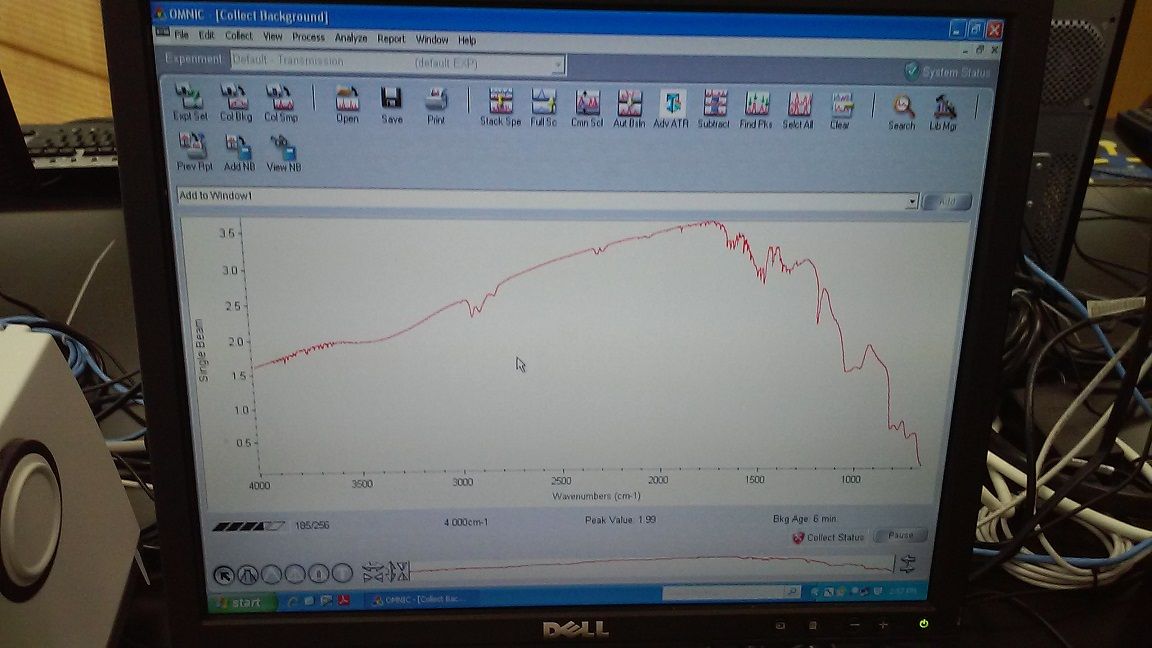
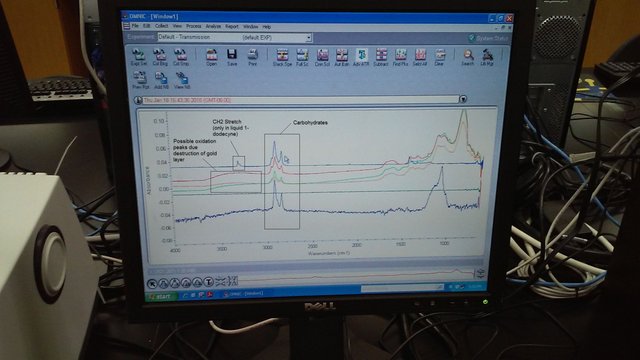
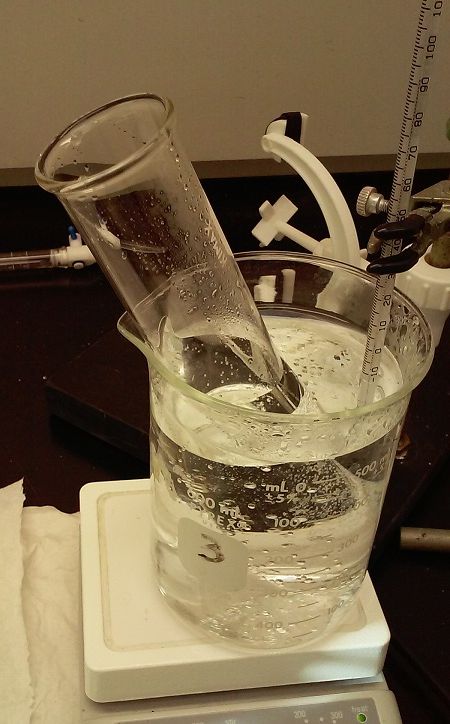
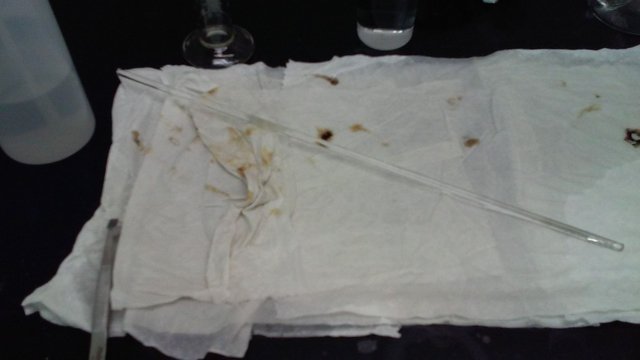
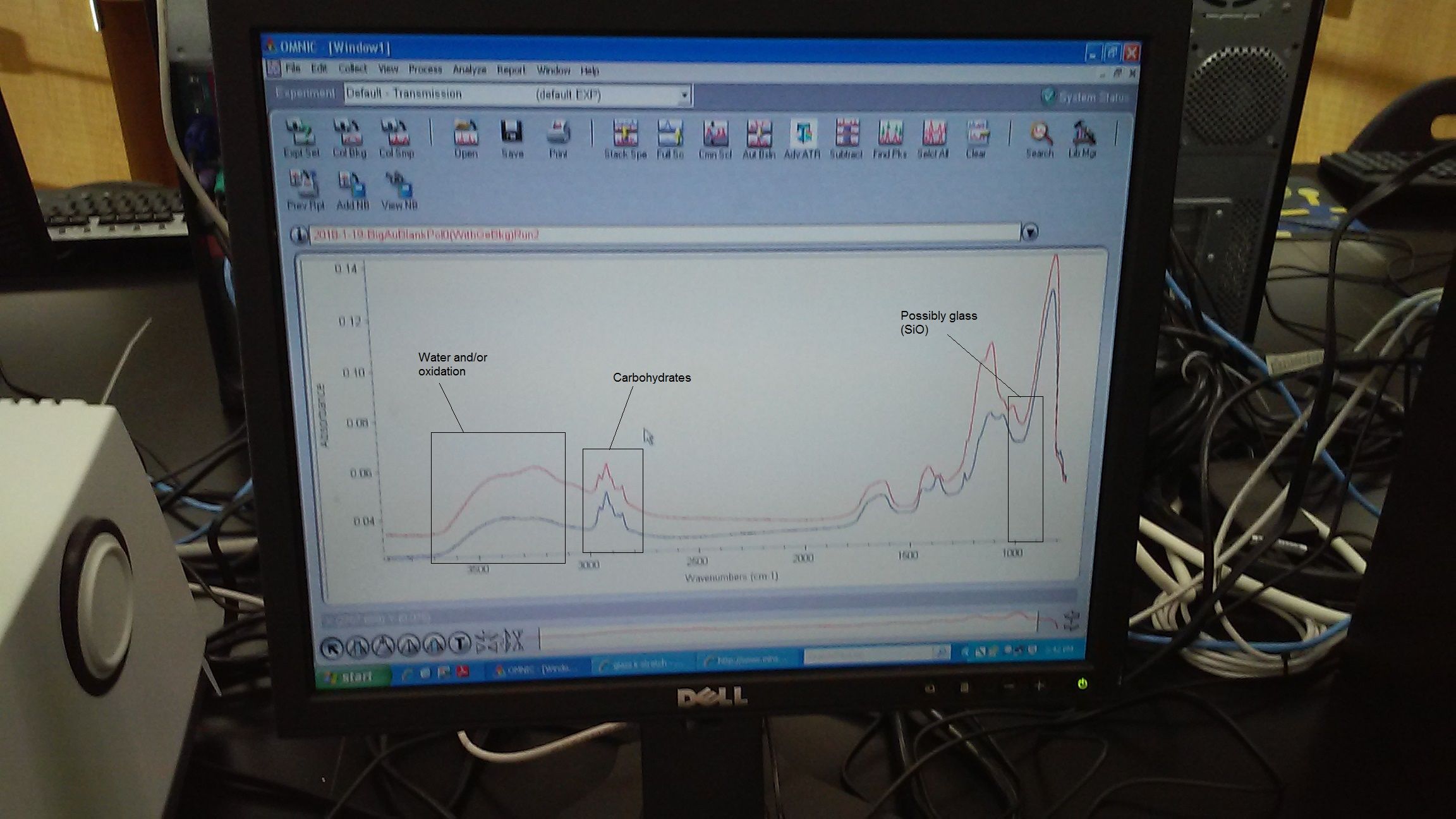
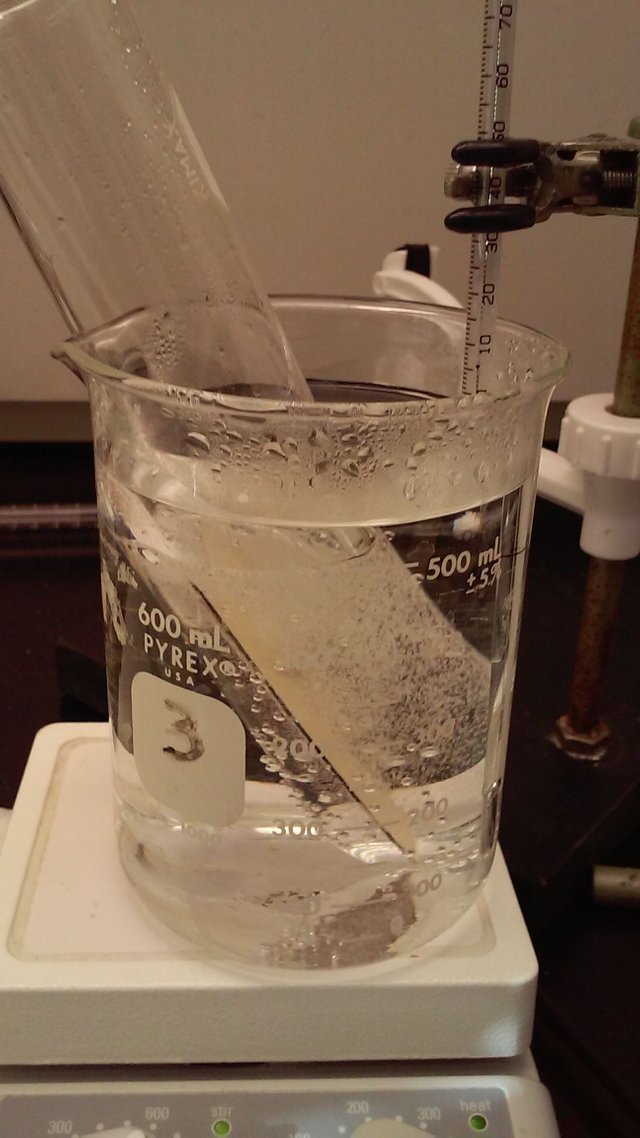
Omg piranha solution ..
Be careful XDD
Haha I survived! Cheers!
Sad to get here on the end of The Lab Chronicles...
But keep udating us here for sure! Glad to read about the hustle of other bachelors around the world :P
Cheers!